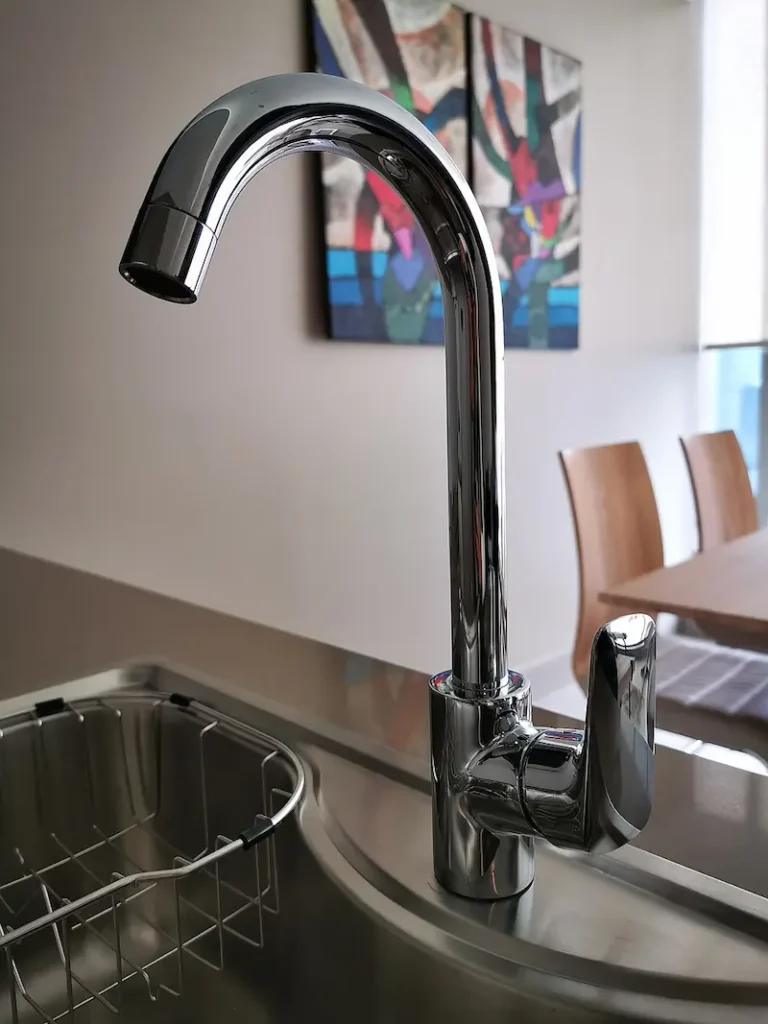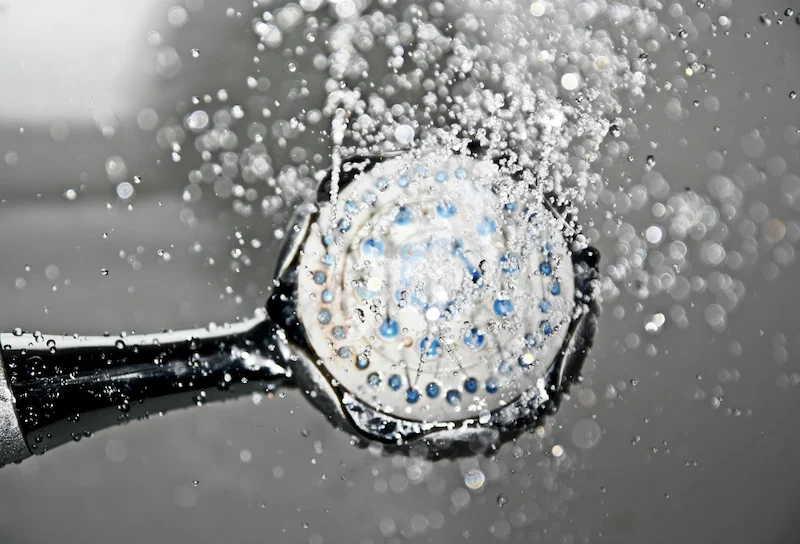Table of Contents
Seasonal changes do not just bring new weather patterns; they can cause significant impacts on plumbing and HVAC systems in our homes. Understanding these impacts is crucial for homeowners to ensure their systems operate efficiently year-round. With temperatures fluctuating and humidity levels often in flux, the strains on these systems can lead to costly repairs, uncomfortable indoor environments, and even health issues if not addressed. This article will delve into how different seasons affect your plumbing and HVAC systems, common problems to look out for, and proactive measures homeowners can take.
Impact of Winter on Plumbing Systems
Winter poses unique challenges for plumbing systems due to the potential for freezing temperatures. When the temperature drops, water inside the pipes can freeze, leading to increased pressure that may cause pipes to burst. As reported by the American Society of Home Inspectors, an estimated 250,000 homes experience water damage due to frozen pipes each year in the United States alone. When the pipes freeze and then thaw, they can crack and leak. Homeowners should be vigilant about insulating pipes, especially those located in unheated areas like basements, attics, or along exterior walls. Additionally, letting faucets drip during extreme cold can help prevent freezing by allowing the water inside pipes to keep moving, reducing the risk of ice formation.
Effects of Spring Thawing
As winter transitions into spring, thawing can also bring its own set of issues. The sudden rise in temperatures can lead to rapid snowmelt, potentially overrunning household drainage systems. The increase in groundwater can lead to drainage clogs and potential flooding in basements. Spring cleaning also often involves checking plumbing fixtures and systems. Leaks may become more apparent during this season, urging homeowners to inspect their foundations and plumbing for any visible signs of water damage or leaks. Furthermore, it is essential to check for sediment buildup in drain lines, especially after a winter of heavy snow and ice.
High Temperatures and HVAC Strain
Summer can place an extreme burden on HVAC systems. With the sun beating down on roofs and walls, indoor temperatures can skyrocket. A well-functioning HVAC system is essential for comfort, but it’s also important to recognize that excessive use can lead to system fatigue and breakdowns. According to energy.gov, air conditioning units can consume up to 6% of total electrical consumption in a home during the summer months. Regular maintenance is paramount to ensuring HVAC systems are functioning optimally. Homeowners should consider scheduling an annual checkup with Sveagle AC Services or any other reputable service before the summer sets in. Regular servicing will not only ensure that the cooling system operates efficiently but can also prolong its lifespan, preventing costly emergency AC services when the heat is at its peak.
Humidity and Its Effects on HVAC Performance
The summer also introduces higher humidity levels, further complicating HVAC performance. High humidity can reduce the effectiveness of cooling systems, leading to uncomfortable living conditions. When humidity levels rise, air conditioning units work harder, consuming more energy and raising utility bills. To counteract the effects of humidity, integrating dehumidifiers into HVAC systems can be beneficial. This setup helps manage indoor humidity levels, ensuring comfortable living conditions and optimal operation of cooling systems. Maintaining relative humidity levels between 30% and 50% is ideal for comfort and preventing mold growth.
Preparing for Cold Weather
As fall approaches, it is crucial for homeowners to prepare their plumbing systems for the impending winter. Preventive maintenance can significantly reduce the risk of winter-related plumbing issues. This is the perfect time for homeowners to disconnect hoses and drain outdoor faucets to prevent water from freezing inside the pipes. Additionally, checking insulation around pipes and ensuring that such insulation is intact helps prevent cold air from reaching plumbing. Fall also serves as an excellent reminder to schedule HVAC maintenance before the colder months arrive, allowing your heating system to operate efficiently when it’s needed most.
Common Signs of Plumbing Issues
Identifying plumbing issues early can save homeowners significant time and money. Some common signs of plumbing problems include: – Unusual noises from pipes – Water discoloration – Unexplained increases in water bills – Damp spots on walls or ceilings – Slow-draining sinks and tubs If any of these symptoms are observed, it is advisable to contact a plumbing professional immediately to prevent further damage.
How HVAC Systems Respond to Temperature Changes

HVAC systems are designed to maintain indoor climate control in various temperatures. However, when extreme temperatures persist, they can lead to inefficiencies. Systems often necessitate a more considerable amount of energy to cool or heat spaces effectively. HVAC systems rely on a delicate balance of proper insulation, airflow, and equipment efficiency to maintain comfortable temperatures. Regular maintenance, such as changing filters and checking refrigerant levels, can help keep the system functioning well year-round.
The Importance of Insulation in a Home
Proper insulation is vital for both plumbing and HVAC systems. It minimizes the risk of pipes freezing in winter and also ensures that HVAC systems do not have to work harder than necessary. Studies show that adequate insulation can save homeowners more than 15% on energy bills annually, providing a quick return on investment. Insulating attic spaces, walls, and floors can prevent heat loss during colder months. During summer, it serves as a barrier against excess heat, thereby aiding HVAC performance. Investing in good insulation materials enhances year-round comfort and efficiency, making it an essential consideration for homeowners.
Professional Maintenance
Routine professional maintenance for plumbing and HVAC systems is essential. Certified technicians can spot potential problems before they escalate into severe issues that could entail costly repairs. Professional inspections can reveal hidden leaks and inefficiencies, allowing homeowners to address these issues proactively. Homeowners should establish a maintenance schedule for both plumbing and HVAC systems, typically twice a year. Regular checkups not only help prolong system life but also optimize energy efficiency, ultimately lowering utility costs.
Seasonal changes dramatically influence the performance and longevity of plumbing and HVAC systems in any home. From the freezing temperatures of winter that threaten your pipes to the summer heat and humidity that stress your HVAC units, awareness and proactive measures can mitigate potential issues. By incorporating regular maintenance, proper insulation, and timely interventions, homeowners can ensure their systems run smoothly regardless of the season. Investing time and resources in system upkeep pays off in comfort, efficiency, and significant savings in repair costs.
Want to explore something different? The Role of a Roof Consultant in Sustainable Roofing Solutions

